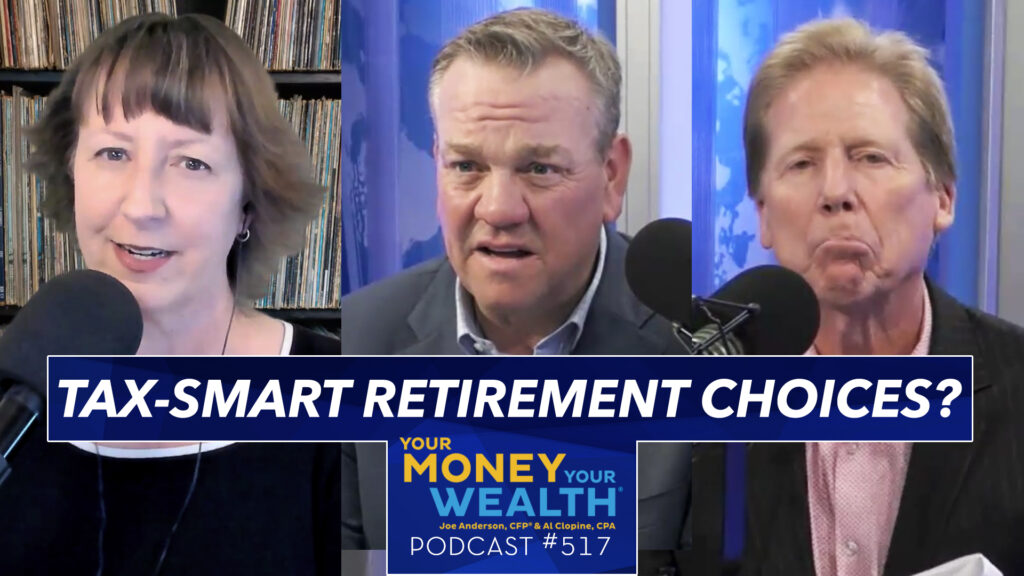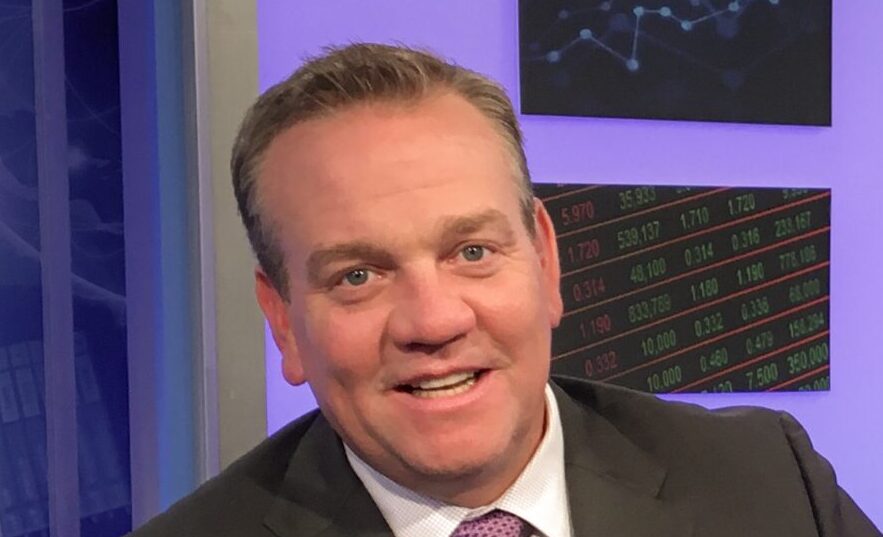Retirement Math That Works: Tax-Efficient Planning for Roth Conversions, RMDs, and Asset Allocation

If you think retirement planning is just about saving enough—think again. The strategies you use to withdraw, convert, and allocate your assets can make a dramatic difference in how long your money lasts and how much of it goes to taxes versus your future. In this week’s financial deep dive, we walk through real scenarios—Nancy, Brian, and Skipper—to show how strategic choices can turn a solid retirement plan into a great one.
Nancy’s Strategy: Stay the Course with Smart Adjustments
Nancy is a single mother from Washington with about $900,000 in total retirement assets, including a $750,000 401(k). She’s saving aggressively—$30,000 annually—and aims to retire at 65. With $37,000 in Social Security benefits, a $5,000 pension, and planned annual spending of $75,000, her plan is surprisingly well-balanced.
Nancy was considering taking out a 401(k) loan at 9% to invest in her brokerage account, but advisors Joe Anderson and Big Al Clopine advised against it. Her projected growth trajectory (6% annual returns) suggests she’ll have around $1.3 million by retirement, with a 3.5% sustainable withdrawal rate—enough to cover her expenses.
The only real concern? Required Minimum Distributions (RMDs). Because Nancy hasn’t done Roth conversions yet, future taxes on those distributions could climb. Joe and Big Al recommended modest Roth conversions now or in early retirement to start the five-year clock and reduce future RMD burdens.
Brian’s Question: Can Social Security Be Treated Like a Bond?
Brian, from Naperville, Illinois, plans to retire at 62 with a healthy portfolio, currently allocated 70% stocks and 30% bonds. He asked whether Social Security payments should be considered “bond-like” when assessing portfolio risk.
Joe and Big Al said yes—Social Security offers stable, inflation-adjusted income and can function as a fixed-income component. That means investors like Brian could potentially take on more equity exposure, provided they match their actual income needs (the gap between spending and fixed income) with portfolio returns.
They emphasized focusing on the “demand on the portfolio” rather than a fixed age-based glidepath. As some research suggests, portfolios can afford to become more equity-heavy with age if income needs drop or life expectancy shortens.
Skipper’s Dilemma: Roth Conversions or Capital Gains Harvesting?
Skipper and his wife Ginger have $1.6 million in a taxable account—with $750,000 in long-term gains—and $2 million in retirement accounts. Now mostly retired, they want to convert $800,000 into Roth IRAs over the next eight years. But they also qualify for the 0% capital gains rate in the 12% tax bracket.
Here’s the challenge: converting to Roth would raise their taxable income and bump capital gains into higher tax brackets. Joe and Big Al suggested alternating years between heavy Roth conversions and capital gains harvesting. This way, they can balance both strategies without pushing themselves into inefficient tax tiers.
Another factor? Skipper may be too concentrated in one stock. Big Al pointed out that diversification should come first—tax savings won’t matter if the account drops in value due to lack of diversification. The couple was encouraged to make allocation changes even if it meant realizing some gains now.
Portfolio Planning and Tax Strategy: A Balancing Act
Throughout the session, Joe and Big Al returned to one key principle: tailor your asset allocation and tax strategy based on your actual needs—not just theoretical tax rates or market returns.
They warned against over-prioritizing tax minimization if it means under-diversifying or ignoring long-term planning. Instead, retirement success comes from balancing risk, liquidity, tax strategy, and sustainable spending—all based on clear, personal financial goals.
Intended for educational purposes only. Opinions expressed are not intended as investment advice or to predict future performance. Past performance does not guarantee future results. Neither the information presented, nor any opinion expressed constitutes a solicitation for the purchase or sale of any security. Consult your financial professional before making any investment decisions. Opinions expressed are subject to change without notice.
IMPORTANT DISCLOSURES:
• Investment Advisory and Financial Planning Services are offered through Pure Financial Advisors, LLC. A Registered Investment Advisor.
• Pure Financial Advisors, LLC. does not offer tax or legal advice. Consult with a tax advisor or attorney regarding specific situations.
• Opinions expressed are subject to change without notice and are not intended as investment advice or to predict future performance.
• Investing involves risk including the potential loss of principal. No investment strategy can guarantee a profit or protect against loss in periods of declining values.
• All information is believed to be from reliable sources; however, we make no representation as to its completeness or accuracy.
• Intended for educational purposes only and are not intended as individualized advice or a guarantee that you will achieve a desired result. Before implementing any strategies discussed you should consult your tax and financial advisors.







